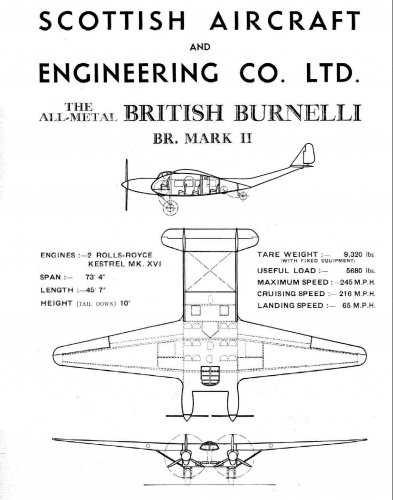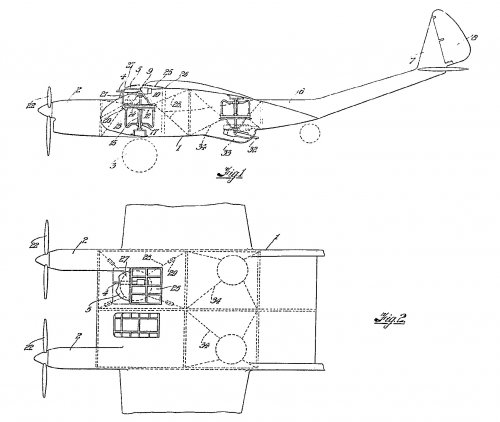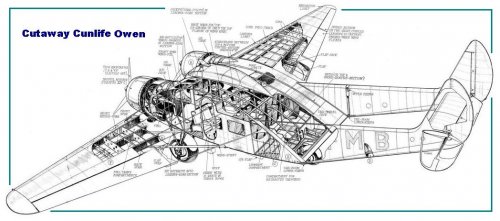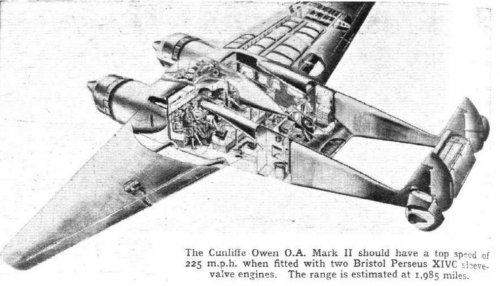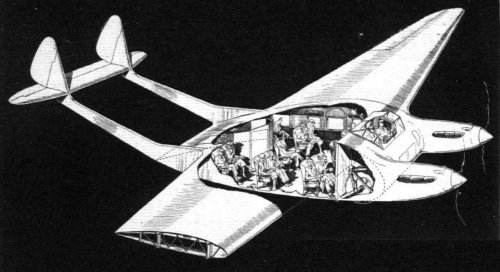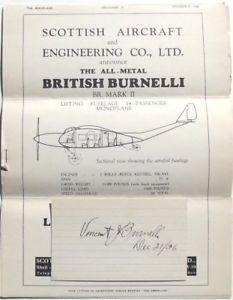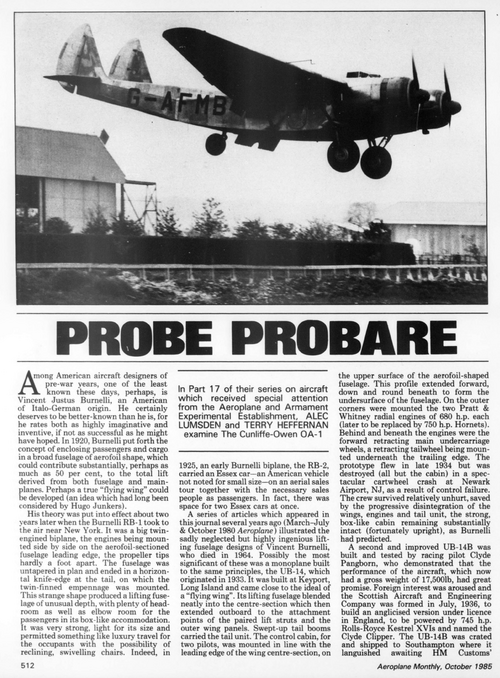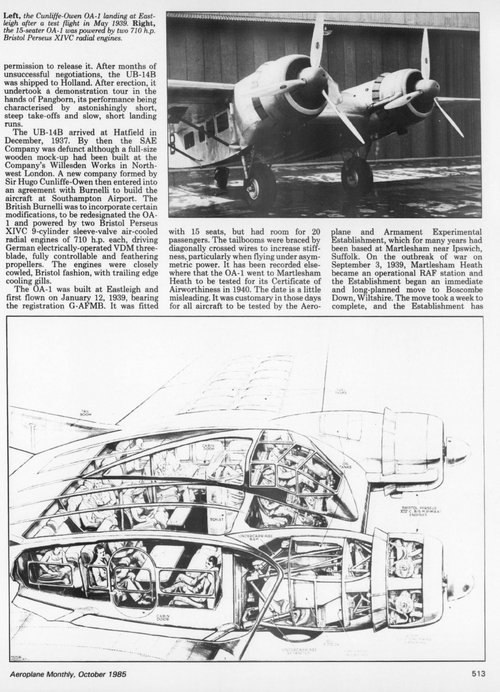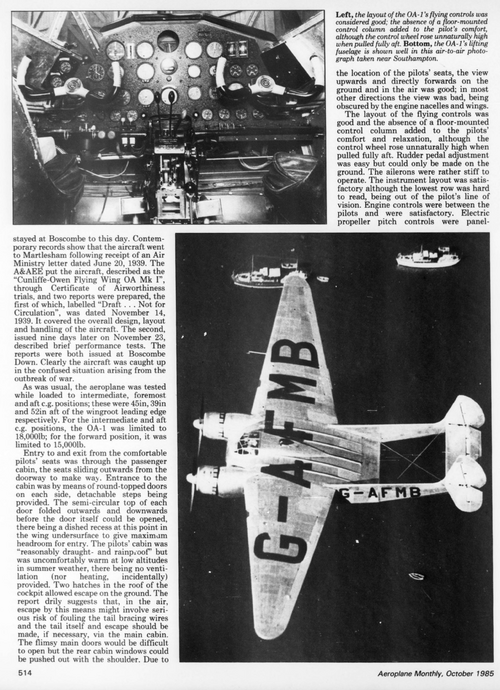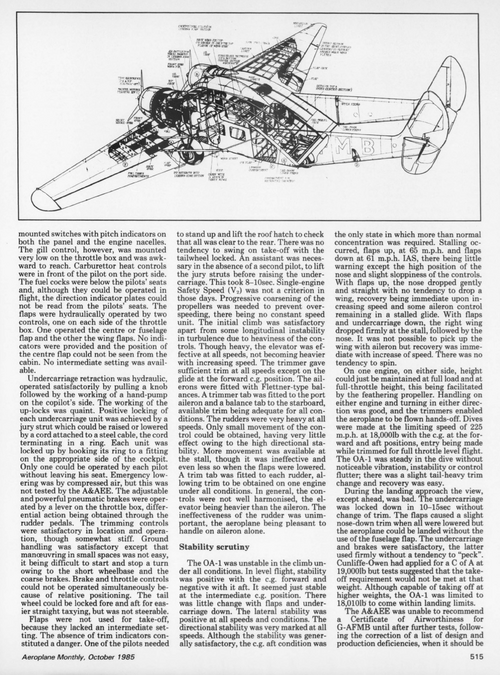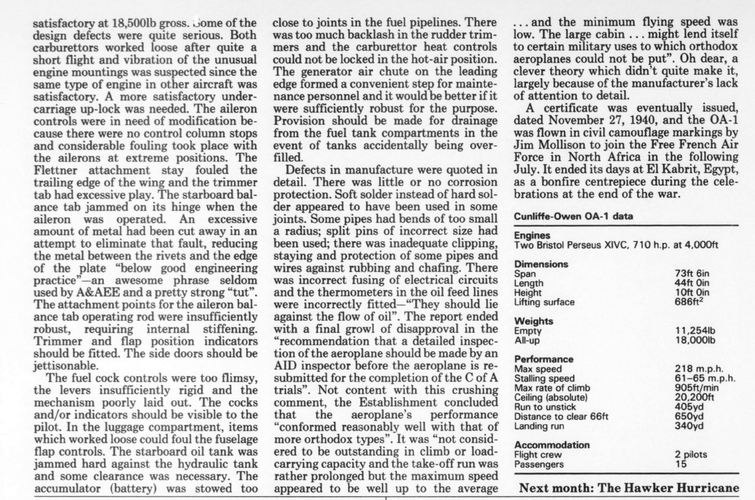I'm going to post this here but it is also relevent for some of the comments in the threads:-
https://www.secretprojects.co.uk/forum/index.php/topic,3888.15.html
https://www.secretprojects.co.uk/forum/index.php/topic,1047.msg121327.html#msg121327
In one or two posts there is some confusion regarding the Burnelli projects undertaken in Britain in the late 1930s. There were two distinct aircraft under development, closely related but nevertheless separate each with its own name.
1) Scottish Aircraft and Engineering was launched in 1936 to built the Burnelli UB-14 under licence. At first this was refered to as the British Burnelli BR MkII and was shown with radials. Later these were changed to RR Kestrels. By early 1937 the project had been renamed Clyde Clipper and a wooden mock-up constructed at the factory in Willesden, north London. Hugo Cunliffe-Owen had ordered one aircraft with which to enter the planned Paris-New York race in late 1937. Advertisements in the first half of 1937 showed component parts being manufactured, but the photos are so heavily retouched it is hard to say whether they are real of just wooden parts of the mock-up made to look like metal. However by mid year the company was in severe financial difficulty, work stopped and liquidation proceedings commenced in October 1937.
2) In mid 1937 Hugo Cunliffe-Owen established a new private company called B.A.O Aircraft. Some time in early 1938 this company commenced work on a Burnelli project for which they employed some of the redundant Scottish Aircraft staff, notably designer William Garrow-Fisher. Perhaps they also bought partially completed aircraft parts, if any had been produced. In July the capital of the company was raised significantly and renamed Cunliffe-Owen Aircraft. Building started on new factory space The new aircraft, named OA and completed by the end of 1938, was visibly a different design from the Clyde Clipper; the engines were radials, the tail booms were deeper and at a less raked angle, and the cockpit shape was modified.
These two projects should not be confused, they are quite distinct.
The other stuff is more vague.
In March 1937 Scottish Aircraft advertised that they were working on three additional projects: the Clyde Carrier, which would have carried a payload twice that of the Clipper, the Clyde Corsair long range bomber, and the Clyde Comet fighter. The first two I would think are likely to be Burnelli designs while the Comet is most probably shown in the patent illustration posted by Tophe.
The Cunliffe-Owen OA MkII, in this thread and first shown in 1939, was a projected cleaned-up derivative of the OA. The artwork shows improved nacelle lines and booms that are no longer canted upwards, otherwise it is much the same as the OA


